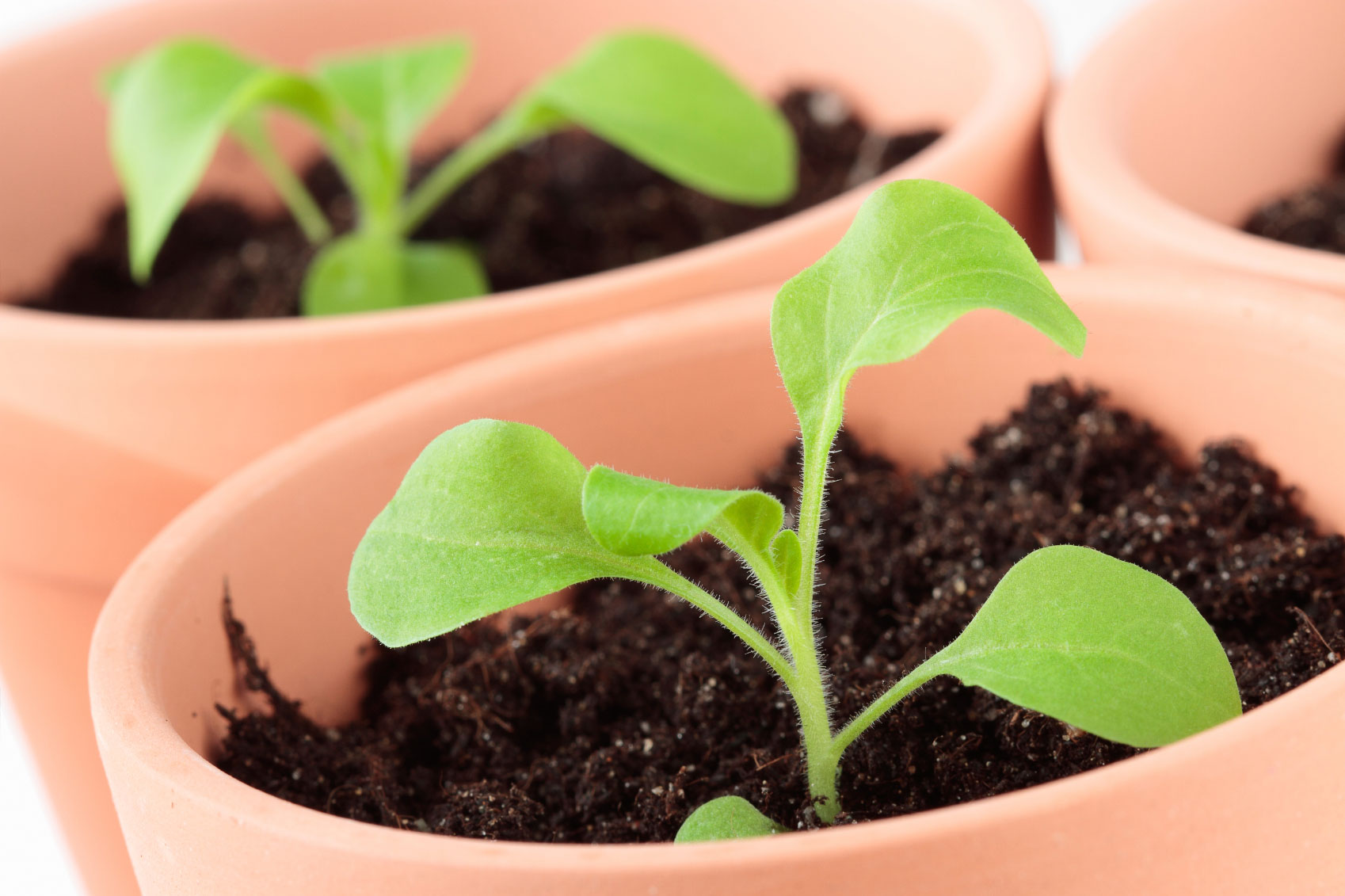Petunia Seed Propagation: How To Start Petunias From Seeds

Petunias are so reliable and have such a wide variety of uses that it's no wonder it's one of the most popular garden flowers today. It's simple to buy a couple of petunia seedlings to fill one planter, but for mass plantings and garden edging, growing petunias from seed is the way to go.
You'll save money because of the sheer number of plants you need, plus you'll have a much wider range of flowers to choose from. Garden centers only carry a few varieties already sprouted and growing, but you can find petunia flower seeds for different sized plants in almost every color of the rainbow.
Starting Petunia Seed Plants
The most important point to remember when learning how to start petunias from seeds is that these are summer, heat-loving plants. It does them no good to plant early in the garden, as they'll just sit and sulk or rot. In order to get these seedlings to planting size at the right time, you need to start them indoors at least ten weeks before planting time.
In the north, this is around the first week of March and will be even earlier in more southern states. Although petunias are tough and resilient in the garden, they can be very delicate in the first weeks of life. Start out with a dedicated seed-starting soil mix and new or sterilized planting trays.
Of course, you can also start them in eggshells for easier transplanting later. Sprinkle the tiny seeds on top of the mix and gently moisten them with a spray bottle. Cover the tray with plastic wrap to retain moisture and place it in a bright place out of direct sunlight that averages around 75 degrees F. (24 C.).
Remove the plastic wrap once the seeds sprout and place the trays under lights in a cooler spot, around 65 degrees F. (18 C.) during the day. Keep the lights about 6 inches (15 cm.) above the tops of the plants. Use water-soluble fertilizer once every two weeks, and water the plants when the soil dries out.
Transplant the seedlings into individual pots once they develop two or three true leaves. Lift out individual plants with a wooden stick or butter knife, and transplant them into potting soil.
Gardening tips, videos, info and more delivered right to your inbox!
Sign up for the Gardening Know How newsletter today and receive a free copy of our e-book "How to Grow Delicious Tomatoes".
Keep the soil moist but well-drained, and return them under the lights until it's time to plant them outside.
Additional Tips for Growing Petunias from Seed
When starting petunia seed plants, remember that the seeds are very tiny. It's easy to over-plant the trays, ending up with dozens of seedlings you don't need. Sprinkle them gently on top of the soil, using only a small pinch of seeds. Petunia seed propagation only happens when they get the right amount of light. Don't bother to buy special plant-growing light. Regular fluorescent lights work just as well. Place the plants on a shelf and hang the light directly above them.
Move the lights upward as the plants grow, always keeping the lights 6 inches (15 cm.) above the leaves.
-
 Looking For Plants To Give You The Soft And Fuzzies? Try These 5 Fuzzy Leaf Plant Options
Looking For Plants To Give You The Soft And Fuzzies? Try These 5 Fuzzy Leaf Plant OptionsLovers of texture, drama, silver foliage and tactile plants will adore these special sensory garden additions. These fuzzy leaf plant options will leave you all aglow
By Susan Albert
-
 Get Ready For A Summer Of Hummers! Grow These Full Sun Hummingbird Plants and Flowers
Get Ready For A Summer Of Hummers! Grow These Full Sun Hummingbird Plants and FlowersIf you’re lucky enough to enjoy a sunny backyard, make sure you are maxing out on your pollinator opportunities and grow these full sun hummingbird plants and flowers
By Tonya Barnett